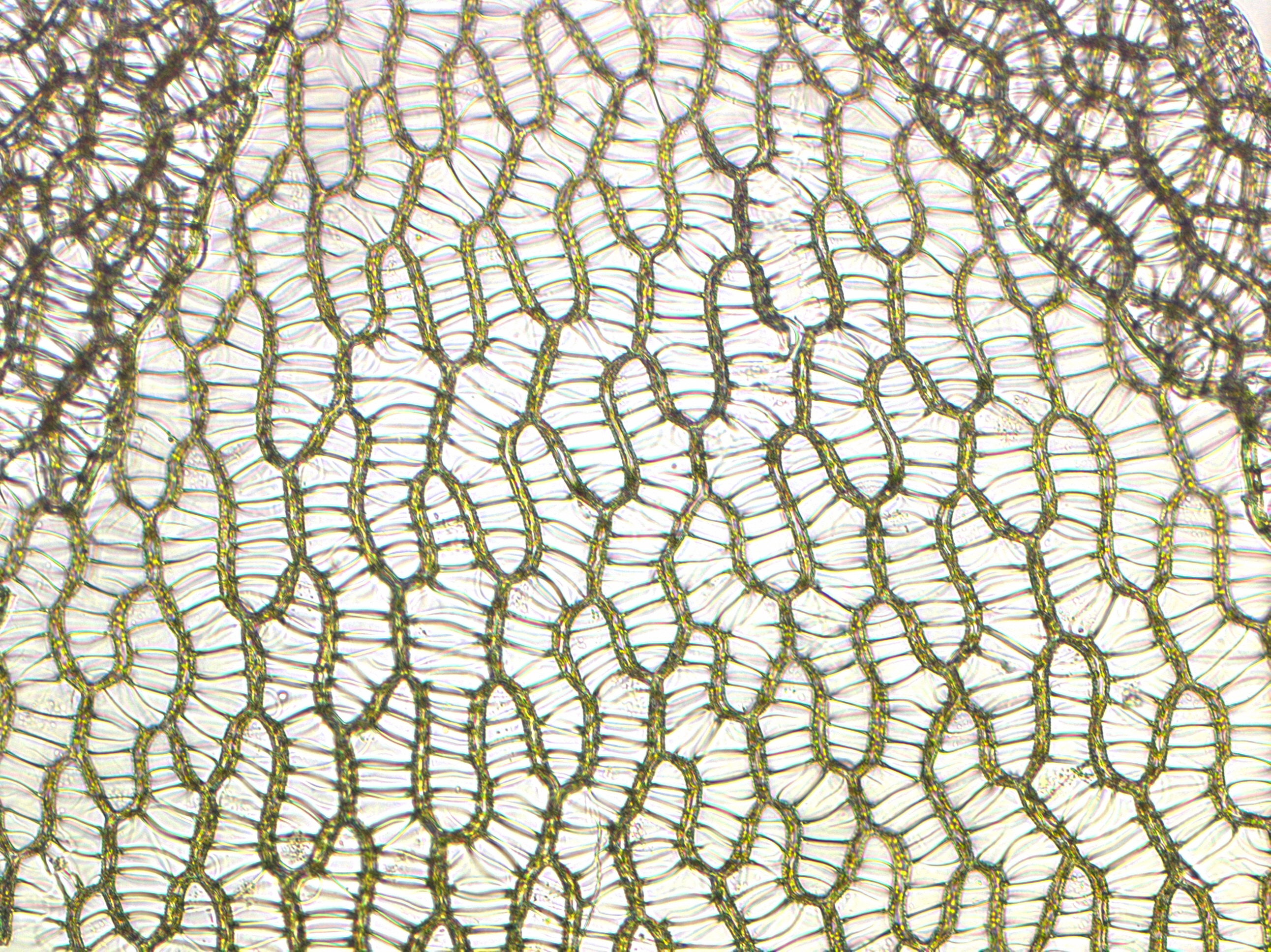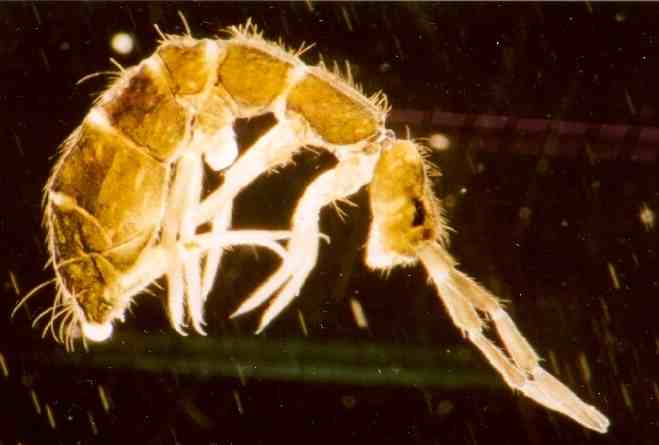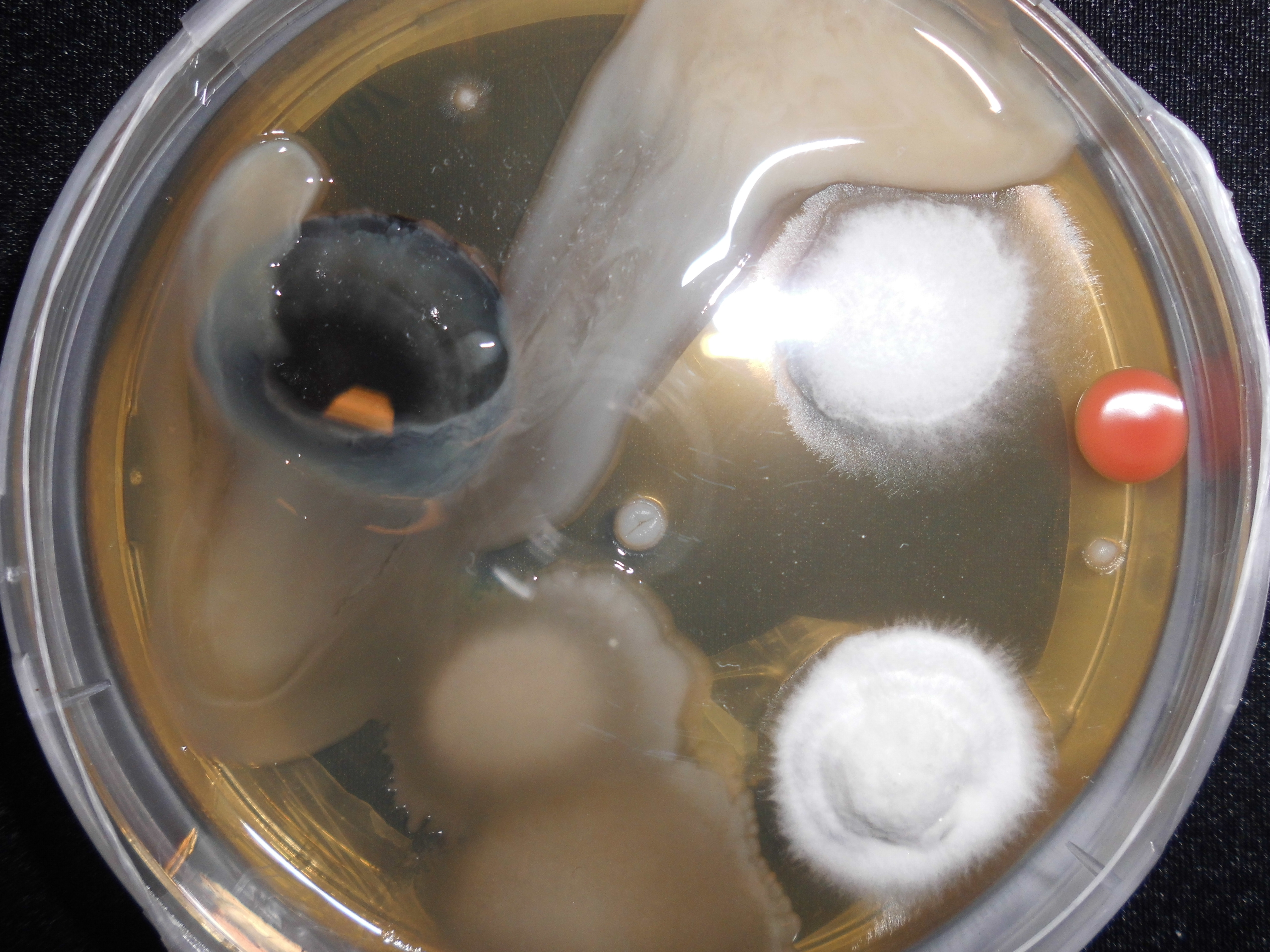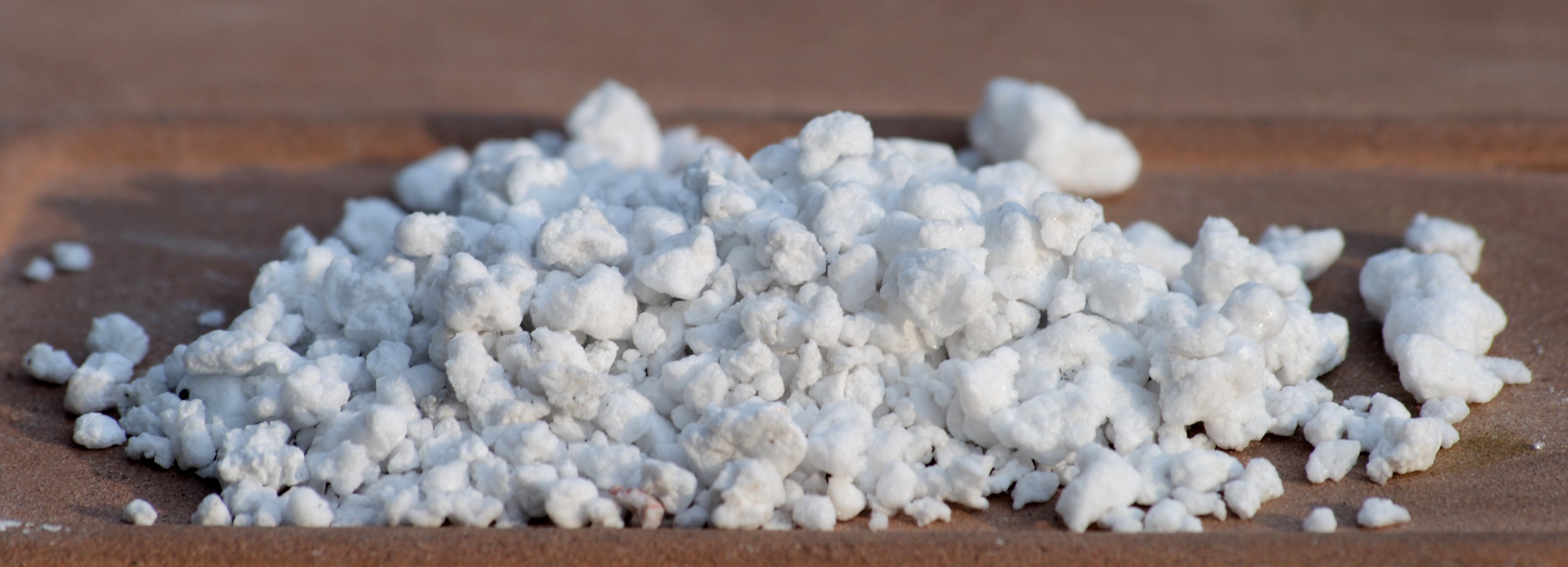|
Terrarium
A terrarium ( terraria or terrariums) is a glass container containing soil and plants in an environment different from the surroundings. It is usually a sealable container that can be opened for maintenance or to access the plants inside; however, terraria can also be open to the atmosphere. Terraria are often kept as ornamental items. A closed terrarium's transparent walls allow heat and light to enter, creating a very favorable environment for plant growth. Heat entering the sealed container allows the creation of a small water cycle due to evaporating moisture from the soil and plants. The water vapor then Condensation, condenses onto the walls of the container, eventually falling back onto the plants and soil below. Light passing through the transparent walls allows photosynthesis. Open terraria are not sealed and are better suited to plants requiring a more arid environment. History The first terrarium was created by botanist Nathaniel Bagshaw Ward in 1842. Ward had an in ... [...More Info...] [...Related Items...] OR: [Wikipedia] [Google] [Baidu] [Amazon] |
Dish Garden
A dish garden is a small open type of terrarium, usually one inside. Generally, they are in direct sunlight. They are in shallow and open containers, where a terrarium may be in a closed container. Their history goes back to the Ancient Egypt and Ancient Greece, though our concept traces to Japan, during the Edo Period (about 1603—1868), inspired by the bonsai. Growth media Depending upon the type of plants grown, the Growth medium, media chosen for the pot should vary, and the media should have good drainage as well. The media should hold adequate moisture and not be very fertile, as fertile media encourages rapid growth. Fast-draining media may contain sand, perlite and ingredients that help drainage, thus cactus and other succulent plants do not get too much water. Most dish gardens are made with shallow, open dishes or bowls. They usually have multiple plants in the same container, often of various species. Succulents don't need deep media as they are often shallow r ... [...More Info...] [...Related Items...] OR: [Wikipedia] [Google] [Baidu] [Amazon] |
Wardian Case
The Wardian case was an early type of terrarium, a sealed protective container for plants. It found great use in the 19th century in protecting foreign plants imported to Europe from overseas, the great majority of which had previously died from exposure during long sea journeys, frustrating the many scientific and amateur botanists of the time. The Wardian case was the direct forerunner of the modern terrarium and vivarium and the inspiration for the glass aquarium. It is named after Nathaniel Bagshaw Ward (1791–1868) of London, who promoted the case after experiments. He published a book titled ''On the Growth of Plants in Closely Glazed Cases'' in 1842. A Scottish botanist named A. A. Maconochie had created a similar terrarium almost a decade earlier, but his failure to publish meant that Ward received credit as the sole inventor. History and development Ward was a physician with a passion for botany. His personally collected herbarium amounted to 25,000 specimens. The fe ... [...More Info...] [...Related Items...] OR: [Wikipedia] [Google] [Baidu] [Amazon] |
Nathaniel Bagshaw Ward
Nathaniel Bagshaw Ward (1791 – 4 June 1868 in St Leonard's, Sussex) was an English doctor who popularised a case for growing and transporting plants which was called the Wardian case. Biography Ward was born in London, the son of Stephen Smith Ward, a medical doctor. Little is known of his early years and family life, but he is believed to have been sent to Jamaica at the age of thirteen where he may have taken an interest in plants. He practised medicine in a poor area of the East End of London and took an interest in botany and entomology in spare time or when on vacation in Cobham, Kent. Tyler-Whittle in his book, ''The Plant Hunters'', describes the area where he lived: Ward qualified as a member of the Royal College of Surgeons in London in 1814,The Medical Register. 1859, p312. then later became a fellow of the Linnean Society in 1852. His four sons, Stephen (born 1819), Nathaniel (born 1821), John (born 1824) and Richard (born 1831) all went on to qualify as ... [...More Info...] [...Related Items...] OR: [Wikipedia] [Google] [Baidu] [Amazon] |
Peat Moss
''Sphagnum'' is a genus of approximately 380 accepted species of mosses, commonly known as sphagnum moss, also bog moss and quacker moss (although that term is also sometimes used for peat). Accumulations of ''Sphagnum'' can store water, since both living and dead plants can hold large quantities of water inside their cells; plants may hold 16 to 26 times as much water as their dry weight, depending on the species.Bold, H. C. 1967. Morphology of Plants. second ed. Harper and Row, New York. p. 225–229. The empty cells help retain water in drier conditions. As ''Sphagnum'' moss grows, it can slowly spread into drier conditions, forming larger mires, both raised bogs and blanket bogs. Thus, ''Sphagnum'' can influence the composition of such habitats, with some describing ''Sphagnum'' as 'habitat manipulators' or 'autogenic ecosystem engineers'. These peat accumulations then provide habitat for a wide array of peatland plants, including sedges and ericaceous shrubs, as well as or ... [...More Info...] [...Related Items...] OR: [Wikipedia] [Google] [Baidu] [Amazon] |
Springtail
Springtails (class Collembola) form the largest of the three lineages of modern Hexapoda, hexapods that are no longer considered insects. Although the three lineages are sometimes grouped together in a class called Entognatha because they have internal Arthropod mouthparts, mouthparts, they do not appear to be any more closely related to one another than they are to insects, which have external mouthparts. Springtails are omnivorous, free-living organisms that prefer moist conditions. They do not directly engage in the decomposition of organic matter, but contribute to it indirectly through the fragmentation of organic matter and the control of soil microbial communities. The word ''Collembola'' is from Ancient Greek 'glue' and 'peg'; this name was given due to the existence of the collophore, which was previously thought to stick to surfaces to stabilize the creature. Early DNA sequence studies suggested that Collembola represent a separate Lineage (evolution), evolutionary ... [...More Info...] [...Related Items...] OR: [Wikipedia] [Google] [Baidu] [Amazon] |
Air Plants
An epiphyte is a plant or plant-like organism that grows on the surface of another plant and derives its moisture and nutrients from the air, rain, water (in marine environments) or from debris accumulating around it. The plants on which epiphytes grow are called phorophytes. Epiphytes take part in nutrient cycles and add to both the diversity and biomass of the ecosystem in which they occur, like any other organism. In some cases, a rainforest tree's epiphytes may total "several tonnes" (several long tons). They are an important source of food for many species. Typically, the older parts of a plant will have more epiphytes growing on them. Epiphytes differ from parasites in that they grow on other plants for physical support and do not necessarily affect the host negatively. An organism that grows on another organism that is not a plant may be called an epibiont. Epiphytes are usually found in the temperate zone (e.g., many mosses, liverworts, lichens, and algae) or in the trop ... [...More Info...] [...Related Items...] OR: [Wikipedia] [Google] [Baidu] [Amazon] |
Clarkson Potter
Clarkson may refer to: People *Clarkson (surname) Given name *Clarkson Nott Potter (1825–1882), American attorney and politician *Clarkson Frederick Stanfield (1793–1867), English painter Places Australia * Clarkson, Western Australia ** Clarkson railway station, a Transperth station in the suburb Canada * Clarkson, Ontario ** Clarkson GO Station, a station in the GO Transit network located in the community South Africa * Clarkson, Eastern Cape United States * Clarkson, California, a ghost town in California * Clarkson, Kentucky * Clarkson, Maryland * Clarkson, Missouri * Clarkson, Nebraska * Clarkson, New York, a town ** Clarkson (CDP), New York, a census-designated place in the town * Clarkson, Ohio * Clarkson, Oklahoma * Clarkson, Texas Education * Clarkson College, Omaha, Nebraska, US * Clarkson University, Potsdam, New York, US Business * Clarkson plc Clarkson PLC, trading as Clarksons, is a provider of shipping services, and is headquartered in London. In ... [...More Info...] [...Related Items...] OR: [Wikipedia] [Google] [Baidu] [Amazon] |
Moss With Container
Mosses are small, non-vascular flowerless plants in the taxonomic division Bryophyta (, ) ''sensu stricto''. Bryophyta (''sensu lato'', Schimp. 1879) may also refer to the parent group bryophytes, which comprise liverworts, mosses, and hornworts. Mosses typically form dense green clumps or mats, often in damp or shady locations. The individual plants are usually composed of simple leaves that are generally only one cell thick, attached to a stem that may be branched or unbranched and has only a limited role in conducting water and nutrients. Although some species have conducting tissues, these are generally poorly developed and structurally different from similar tissue found in vascular plants. Mosses do not have seeds and after fertilisation develop sporophytes with unbranched stalks topped with single capsules containing spores. They are typically tall, though some species are much larger. ''Dawsonia'', the tallest moss in the world, can grow to in height. There are appr ... [...More Info...] [...Related Items...] OR: [Wikipedia] [Google] [Baidu] [Amazon] |
Microorganism
A microorganism, or microbe, is an organism of microscopic scale, microscopic size, which may exist in its unicellular organism, single-celled form or as a Colony (biology)#Microbial colonies, colony of cells. The possible existence of unseen microbial life was suspected from antiquity, with an early attestation in Jain literature authored in 6th-century BC India. The scientific study of microorganisms began with their observation under the microscope in the 1670s by Anton van Leeuwenhoek. In the 1850s, Louis Pasteur found that microorganisms caused food spoilage, debunking the theory of spontaneous generation. In the 1880s, Robert Koch discovered that microorganisms caused the diseases tuberculosis, cholera, diphtheria, and anthrax. Microorganisms are extremely diverse, representing most unicellular organisms in all three domains of life: two of the three domains, Archaea and Bacteria, only contain microorganisms. The third domain, Eukaryota, includes all multicellular o ... [...More Info...] [...Related Items...] OR: [Wikipedia] [Google] [Baidu] [Amazon] |
Sterilization (microbiology)
Sterilization () refers to any process that removes, kills, or deactivates all forms of life (particularly microorganisms such as fungi, bacteria, spores, and unicellular eukaryotic organisms) and other biological agents (such as prions or viruses) present in fluid or on a specific surface or object. Sterilization can be achieved through various means, including heat, chemicals, irradiation, high pressure food preservation, high pressure, and filtration. Sterilization is distinct from disinfection, sanitization, and pasteurization, in that those methods reduce rather than eliminate all forms of life and biological agents present. After sterilization, fluid or an object is referred to as being sterile or aseptic. Applications Foods One of the first steps toward modernized sterilization was made by Nicolas Appert, who discovered that application of heat over a suitable period of time slowed the decay of foods and various liquids, preserving them for safe consumption for a longer t ... [...More Info...] [...Related Items...] OR: [Wikipedia] [Google] [Baidu] [Amazon] |
Perlite
Perlite is an amorphous volcanic glass that has a relatively high water content, typically formed by the Hydrate, hydration of obsidian. It occurs naturally and has the unusual property of greatly expanding when heated sufficiently. It is an industrial minerals, industrial mineral, suitable "as ceramic flux to lower the sintering temperature", and a commercial product useful for its low density after processing. Properties Perlite softens when it reaches temperatures of . Water trapped in the structure of the material vaporises and escapes, and this causes the expansion of the material to 7–16 times its original volume. The expanded material is a brilliant white, due to the reflectivity of the trapped bubbles. Unexpanded ("raw") perlite has a bulk density around 1100 kg/m3 (1.1 g/cm3), while typical expanded perlite has a bulk density of about 30–150 kg/m3 (0.03–0.150 g/cm3). Typical analysis *70–75% silicon dioxide: SiO2 *12–15% aluminium oxide: Al2O3 *3–4 ... [...More Info...] [...Related Items...] OR: [Wikipedia] [Google] [Baidu] [Amazon] |









